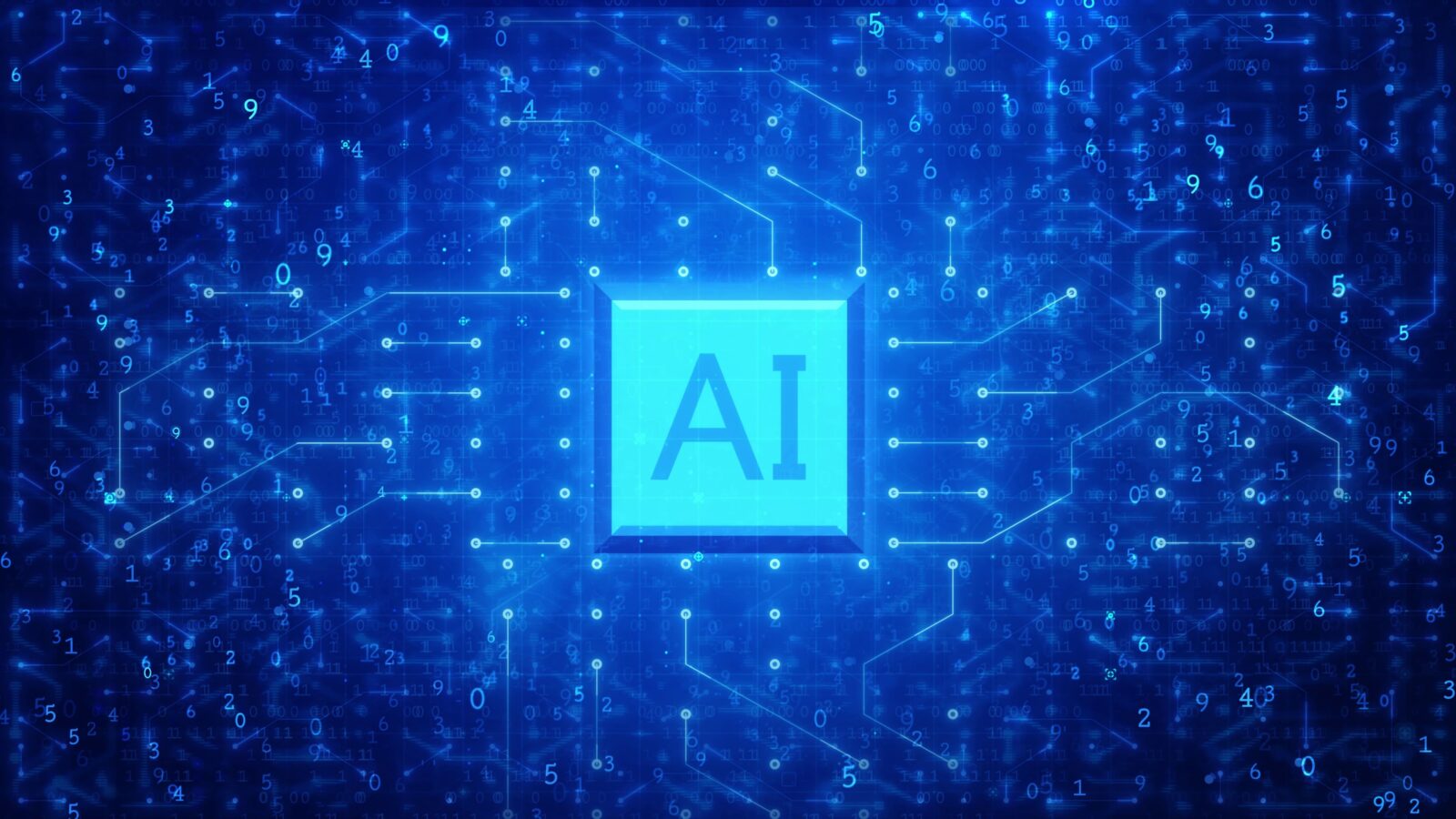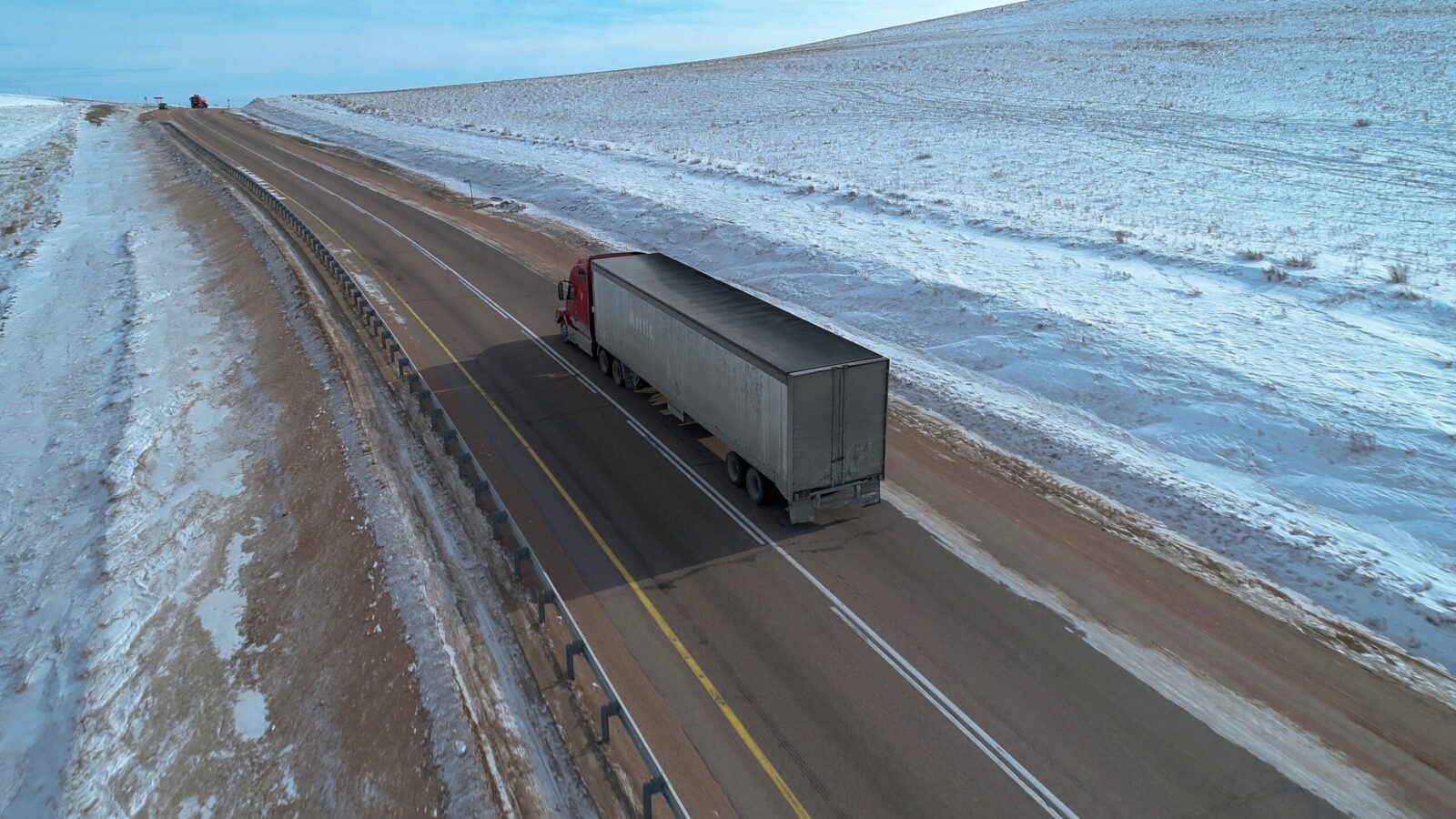The Rising Stakes of Cybersecurity in Transportation
In today’s hyper-connected world, transportation companies rely on real-time data, network traffic, and advanced software to streamline operations. But as the industry digitizes, evolving cyber threats grow more sophisticated, and the consequences more severe.
Cybersecurity is now a business-critical issue. It impacts business operations, sensitive data protection, and even the safety of critical infrastructure. One breach can halt dispatch systems, compromise proprietary information, and cause reputational and financial damage.
To stay protected, transportation organizations must identify vulnerabilities, adopt modern cybersecurity solutions, and build a risk-aware culture that sees cybersecurity not just as IT but as a strategy.
Common Cybersecurity Threats in the Transportation Sector
Transportation systems are high-value targets due to their reliance on technology and real-time communication. Some of the most frequent cybersecurity threats include:
Phishing: Deceptive messages trick users into revealing sensitive information or login credentials.
Ransomware: Attackers encrypt systems and demand payment for restoration.
DDoS Attacks: Systems are overwhelmed with network traffic, interrupting essential services.
Insider Threats: Current or former employees misuse access or data.
These threats target mobile devices, network-connected systems, and untrained users. One example: a ransomware attack on a logistics company that disrupted deliveries for days, highlighting the real risks businesses face.

Vulnerable Entry Points in Logistics Networks
Digital transformation boosts efficiency, but also creates access points for malicious actors. Key vulnerabilities include:
IoT Devices & Network Traffic: Telematics and fleet tracking tools transmit data continuously, increasing risk exposure.
Mobile Devices: Drivers and staff often access sensitive systems without enforced security practices.
Outdated Software & Legacy Platforms: Older systems may lack modern encryption, secure sockets layer (SSL) protocols, or firewall protection.
Without routine security audits or proper cybersecurity services, these risk factors often go unnoticed.
Business Consequences of a Cyber Attack
A cyber attack can disrupt the entire transportation lifecycle—from freight planning to last-mile delivery. Consequences include:
Operational Disruption: Routing software, dispatch systems, and communication tools can be disabled.
Data Breaches: Proprietary information, employee records, and freight data may be stolen.
Reputational Damage: Customers and partners lose trust, reducing future business.
Regulatory Fines: Companies may face penalties for noncompliance with government security standards.
Organizations that don’t invest in cybersecurity risk not just revenue, but long-term resilience.

Risk Assessment & Identification
Risk management begins with visibility. Companies must:
Conduct regular risk assessments
Use security information and event management (SIEM) tools to find anomalies in user activity and network behavior
Tailor evaluations based on infrastructure type: terminals, data centers, mobile fleets
Understanding risk factors across the product lifecycle allows for a smarter, faster response.
Risk Mitigation Strategies & Cybersecurity Tools
Once risks are identified, proactive risk mitigation is key. Focus on building multi-layered protection:
Two-Factor Authentication: Secures user access.
Endpoint Protection: Shields mobile and in-office devices.
Encrypted Communications: Use SSL protocols for secure data transfer.
VPNs & Firewalls: Enable safe remote access.
SIEM & Role-Based Access Control (RBAC): Ensure only the right employees have access to sensitive systems.
Partnering with cybersecurity services can help deploy these tools and ensure alignment with your business processes.

Proactive Cybersecurity Solutions for Transportation Companies
The best defense is a proactive one. Transportation companies should:
Use AI-powered monitoring tools for real-time response
Align cybersecurity solutions with workflows to reduce friction
Follow frameworks like those from the National Institute of Standards and Technology (NIST)
Create flexible strategies that evolve with new risks
Early investment in cybersecurity helps organizations protect systems while improving operational efficiency and saving money long term.
Building a Risk-Aware Culture
Technology alone won’t secure a business—people matter too. A risk-aware culture is essential.
Train employees to recognize phishing and social engineering tactics
Engage stakeholders across departments to treat cybersecurity as a shared responsibility
Conduct simulations and policy refreshers regularly to keep everyone sharp
Cybersecurity is not just an IT function—it’s embedded into operations, employee behavior, and executive decision-making.

Future Outlook: Preparing for What’s Next
With the rise of autonomous vehicles, digital terminals, and AI-led routing, the threat landscape will continue to evolve. Transportation companies must:
Build adaptive risk management strategies
Develop incident response plans
Monitor cybersecurity threats across the full product lifecycle
Being prepared means ensuring business continuity, even in the face of emerging risk events.
Conclusion
Cybersecurity is now a non-negotiable element of transportation strategy. The combination of mobile devices, data-heavy systems, and real-time connectivity increases exposure to malicious actors.
By identifying threats, implementing modern cybersecurity solutions, and fostering a risk-aware culture, logistics companies can safeguard sensitive information, reduce operational risk, and protect business continuity.
Transportation leaders who invest in network security and risk mitigation today will be best positioned to stay operational, resilient, and trusted in tomorrow’s digital world.
